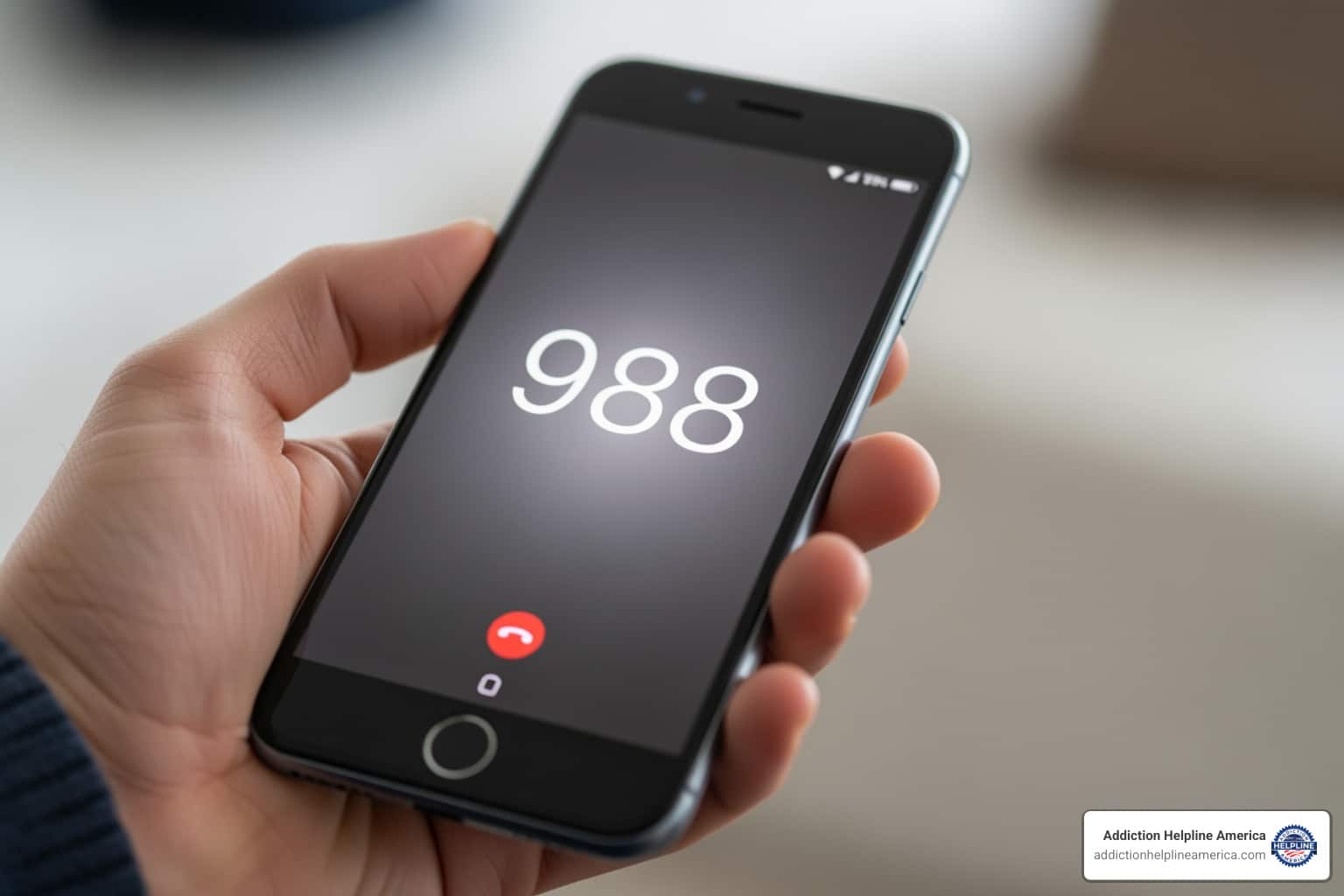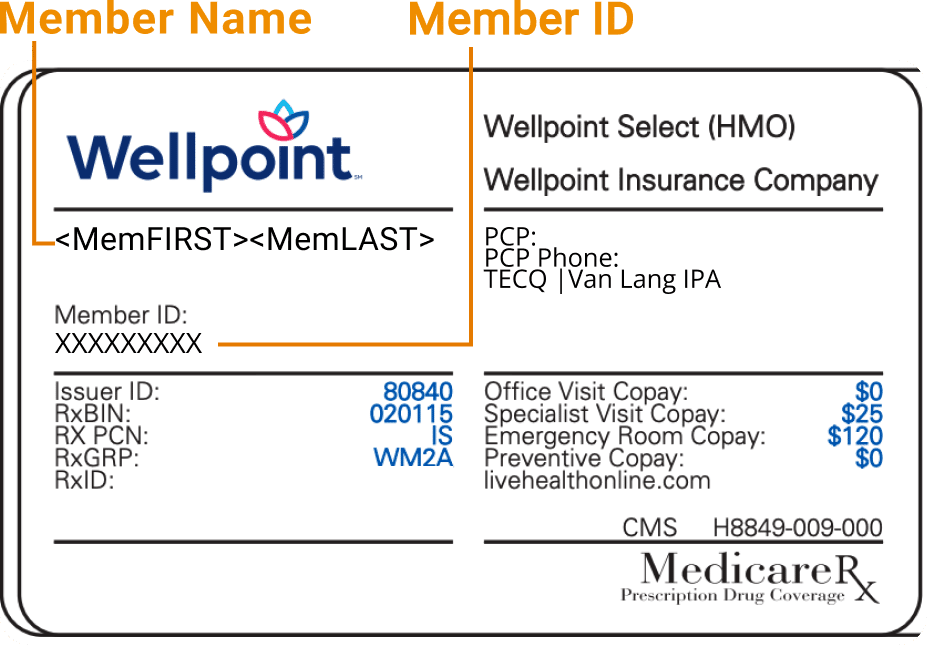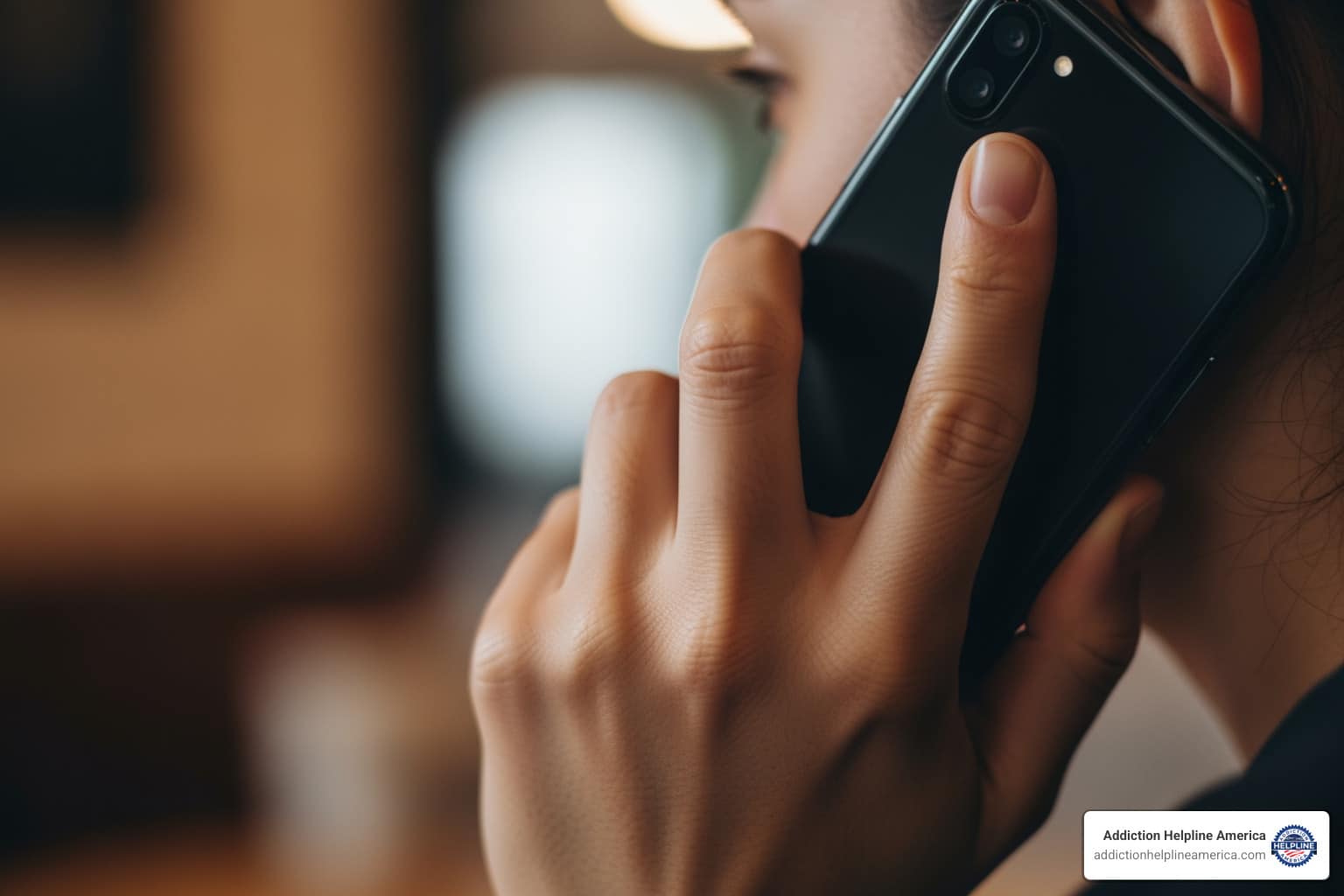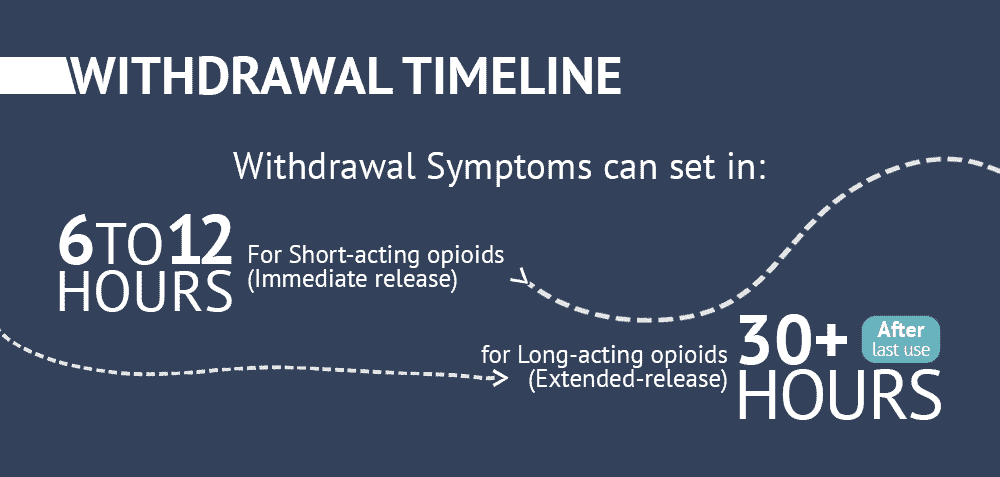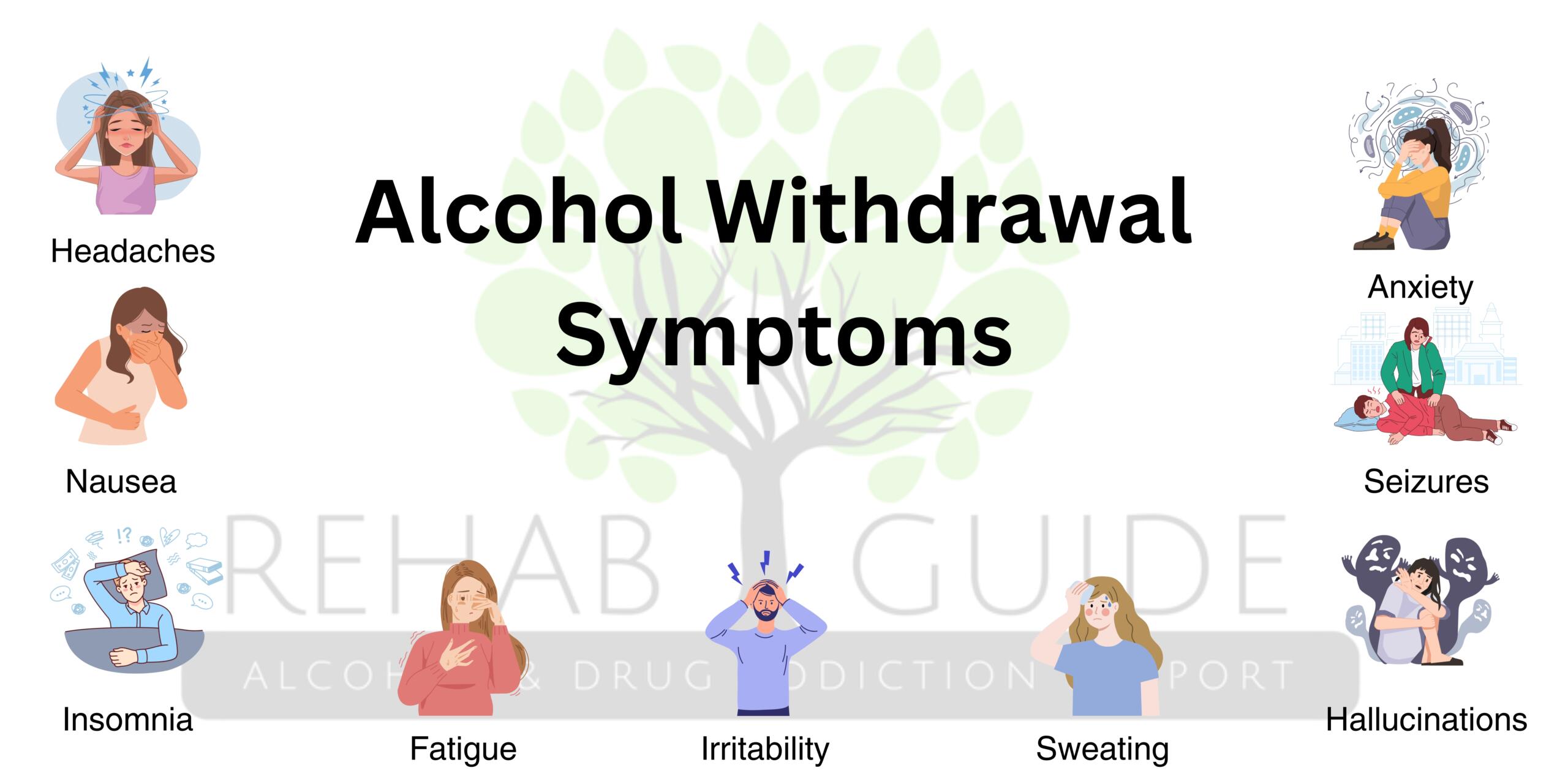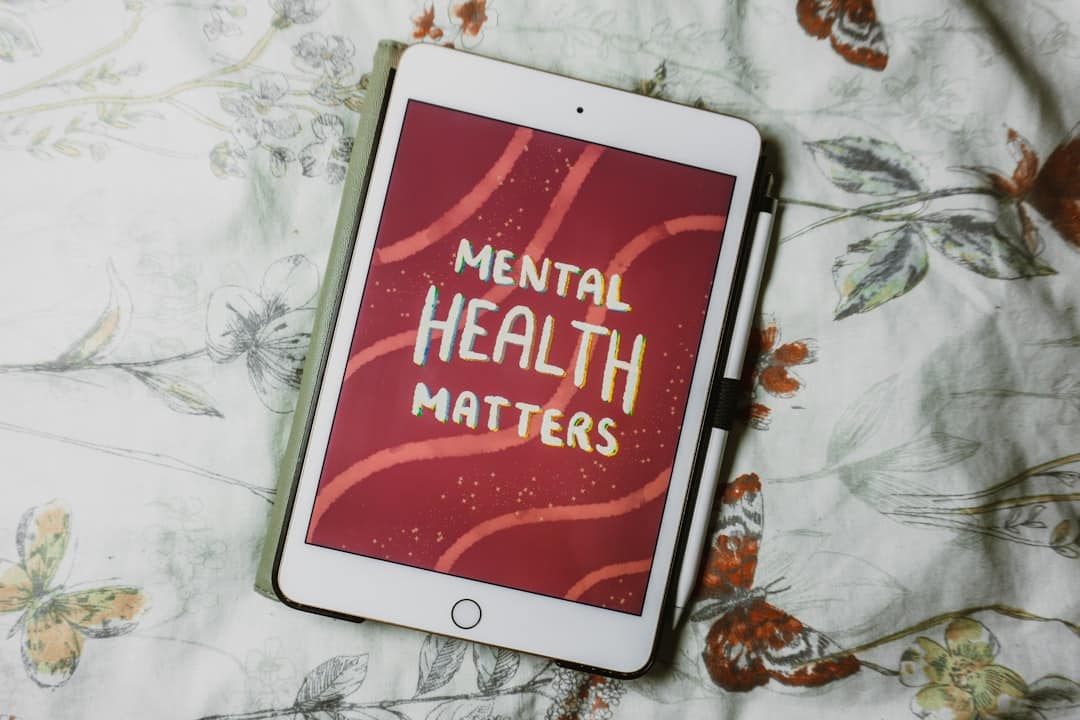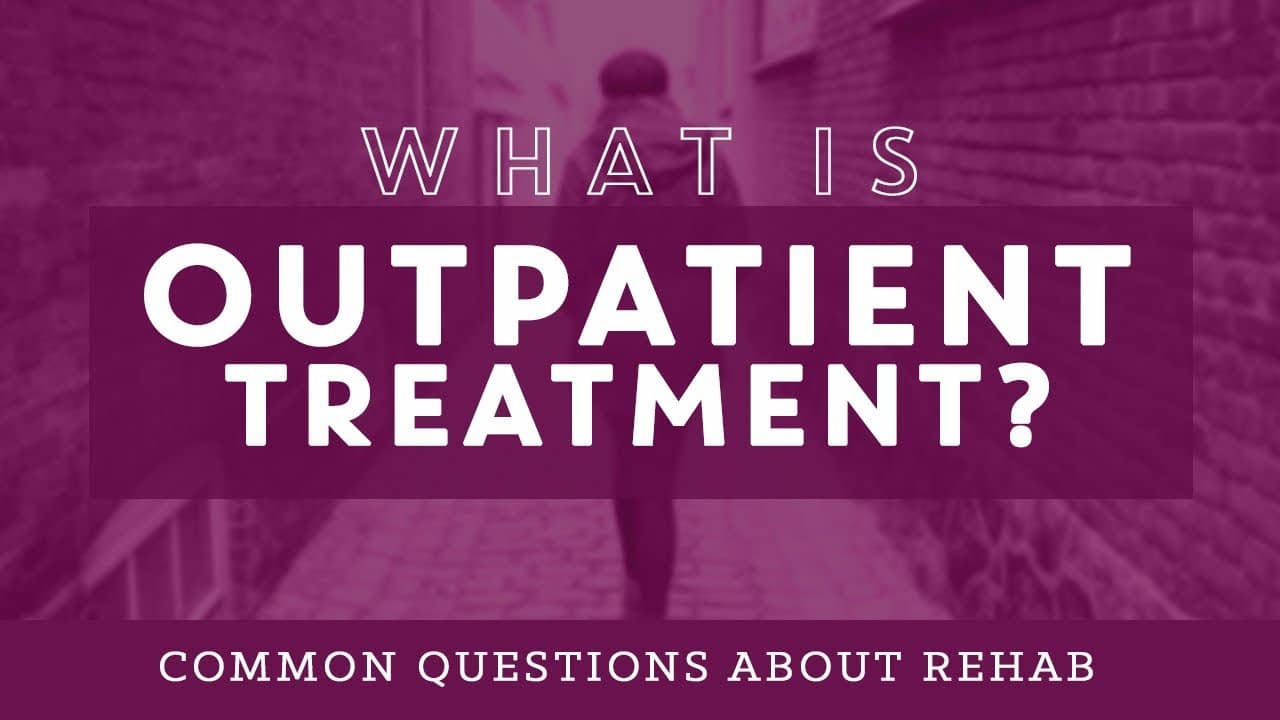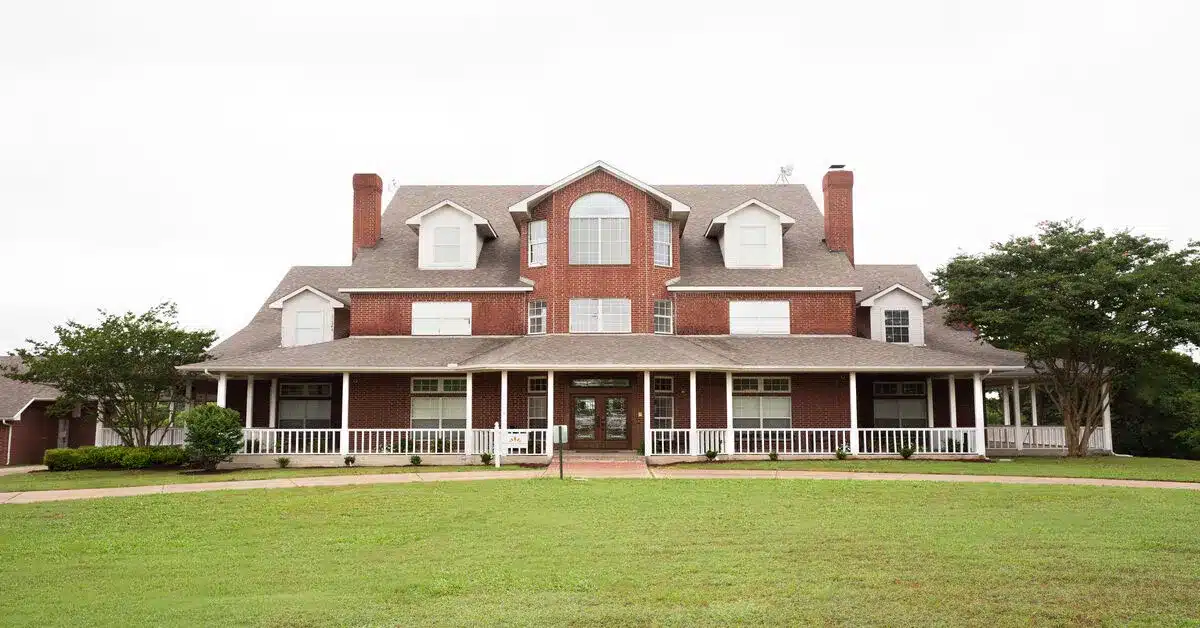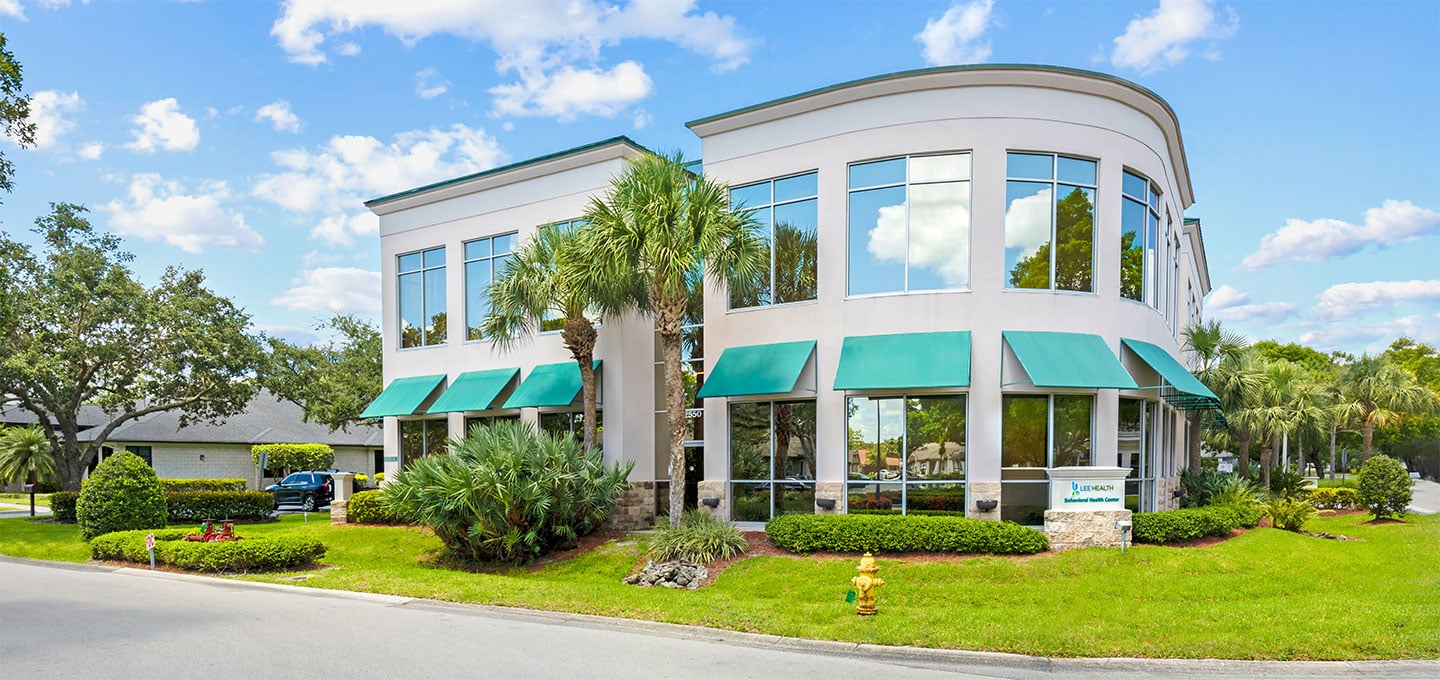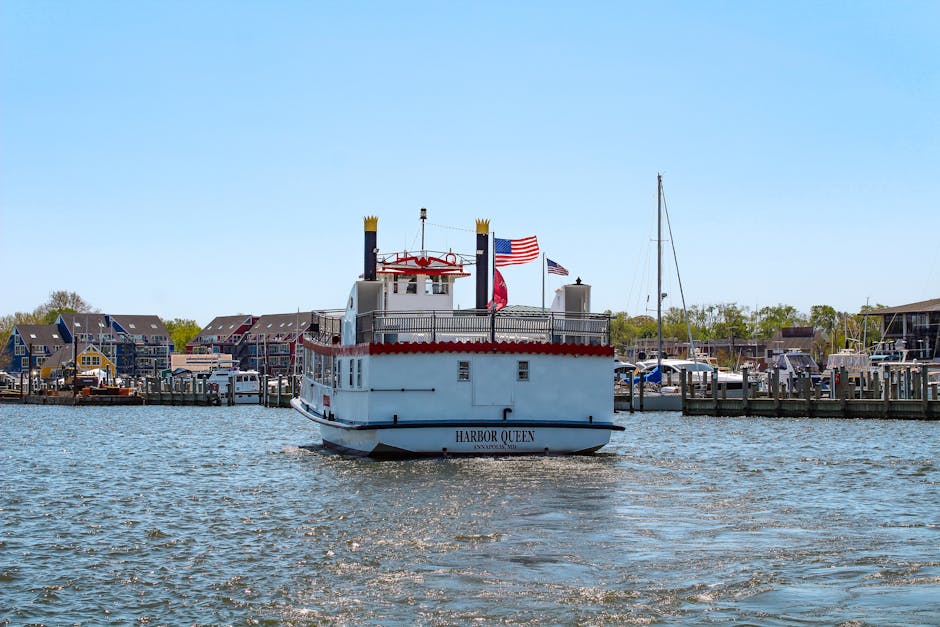
Why Finding the Right 30 Day Inpatient Rehab Programs Maryland Matters
30 day inpatient rehab programs maryland offer a critical starting point for individuals needing intensive, round-the-clock care. These programs, typically costing between $5,000 and $20,000, provide medically supervised detoxification, evidence-based therapies, and a safe space away from triggers to build a foundation for lasting recovery.
Quick Overview: What You Need to Know
- Duration: 28-30 days with 24/7 medical supervision.
- Cost in Maryland: While the average for residential treatment is high, 30-day programs range from $5,000-$20,000.
- What’s Included: Medical detox, individual and group therapy, relapse prevention, and nutritional support.
- Payment Options: Private insurance, Medicaid, Medicare, sliding scale fees, and financing.
- Ideal For: Those with mild to moderate substance use disorders or anyone needing detox and removal from a triggering environment.
If you or a loved one is facing addiction, choosing the right program is a brave but daunting decision. The stakes are high, as Maryland ranks 3rd nationwide in drug rehab admissions, with opioids accounting for 86% of all drug overdoses in the state. In 2023 alone, Maryland reported 2,380 overdose deaths, highlighting the urgent need for effective treatment.
A 30-day inpatient program is long enough to complete detox, stabilize, and learn essential coping skills, yet short enough to be affordable and more easily approved by insurance. This guide will help you understand what to expect, weigh the pros and cons, steer costs, and choose the right program in Maryland.
At Addiction Helpline America, we’ve guided thousands of individuals toward appropriate 30 day inpatient rehab programs maryland that match their clinical and financial needs. We know that the right program, combined with commitment and aftercare, can be the turning point toward a life free from substance use.

Important 30 day inpatient rehab programs maryland terms:
Understanding 30-Day Inpatient Rehab: What to Expect
Choosing 30 day inpatient rehab programs maryland means living at a treatment facility for about a month. It’s a residential setting designed for healing, with 24/7 medical supervision in a structured environment that removes you from the triggers of everyday life. Think of it as hitting pause on the world to focus completely on your recovery.
The goal is not just to stop using substances, but to understand why you use them and learn healthier coping mechanisms. This process begins with medically supervised detox, where trained staff help you manage withdrawal symptoms safely and as comfortably as possible. After detox, you enter a stabilization phase. As your body heals and your mind clears, you’ll begin intensive therapeutic work, including individual counseling, group therapy, and educational workshops.
Research shows this initial phase of treatment is vital for stabilizing physically, building coping skills, and preparing for the longer journey of recovery.
A Typical Day in a Maryland Rehab
While schedules vary, most 30 day inpatient rehab programs maryland follow a structured rhythm. Days typically start early with a nutritious breakfast and time for meditation or reflection. The core of the day is filled with therapy. Group therapy provides a safe space to share with peers, while individual counseling allows for deeper work on personal triggers and underlying issues.
Throughout the day, you’ll have nutritious meals to fuel your body’s healing process. Many facilities also incorporate wellness activities like yoga, art therapy, or light exercise to teach healthy stress management. Educational workshops provide practical knowledge about addiction, relapse prevention, and life skills. Evenings often include support groups, like 12-step meetings, and designated free time for journaling, reading, or rest. This predictable, supportive structure helps replace old, destructive patterns with new, healthy habits.
Weighing the Pros and Cons of a 30-Day Program
Deciding on 30 day inpatient rehab programs maryland requires understanding both the opportunities and limitations. These programs offer intensive, focused care where you can immerse yourself in recovery, surrounded by a community that understands your struggle. This shared experience helps dissolve shame and builds a foundation for healing.
Advantages of a 30-Day Stay
- Manageable Time Commitment: A 30-day stay feels more achievable than longer programs, making it easier to commit to treatment.
- More Cost-Effective: These programs are generally less expensive than 60 or 90-day options, making them accessible to more people.
- Effective for Mild to Moderate SUDs: This timeframe can be highly effective for those who are not dealing with severe, long-term addiction.
- Strong Foundation for Recovery: It provides enough time for medical stabilization, intensive therapy, and developing initial coping strategies.
- Higher Insurance Approval Rates: Insurers are often more willing to cover a 30-day stay as a necessary initial intervention.
- Removal from Triggers: Living at the facility removes you from the people, places, and stressors that fuel substance use, allowing you to focus entirely on healing.
Potential Challenges and How to Overcome Them
It’s also important to be realistic about the challenges of a shorter program.
- Limited Time for Deep-Seated Issues: Thirty days may not be enough to fully address complex trauma or severe co-occurring mental health disorders. It’s a crucial first step, but often not the entire journey.
- Abrupt Transition Home: Returning to your old environment can be jarring after a month of structured support. A robust aftercare plan is essential to manage this transition and reduce relapse risk.
- Emotional Struggles and Homesickness: Being away from family and familiar surroundings is difficult. Missing loved ones is a normal and expected part of the process. Quality programs in Maryland, from Baltimore to Columbia, often include family therapy or scheduled calls to help you stay connected while focusing on your recovery.
The best way to overcome these challenges is to prioritize comprehensive aftercare planning. At Addiction Helpline America, we emphasize that recovery is a marathon, not a sprint. A 30-day program is a powerful start, but it’s the beginning of a longer journey that requires continued support.
Navigating Costs and Insurance for 30-Day Inpatient Rehab Programs Maryland
Let’s talk about one of the biggest concerns: cost. The good news is that treatment is more accessible than many people think, and there are multiple ways to pay for it.
The price of 30 day inpatient rehab programs maryland varies based on the facility’s amenities, location, and level of care. In Maryland, these programs typically range from $5,000 to $20,000. For perspective, the average cost for all residential addiction treatment in the state is approximately $56,783, while outpatient services average around $1,701. This highlights the investment required for inpatient care but also its intensive value.

Payment and Insurance Options
You have several options to help cover the cost of treatment.
-
Private Insurance: The Affordable Care Act requires most health plans to cover substance use disorder treatment. Many Maryland facilities accept major providers like Aetna, Cigna, and Blue Cross Blue Shield. Always verify your specific coverage with your insurer and the rehab’s admissions department.
-
Medicaid and Medicare: Maryland has a strong network of treatment centers that accept public insurance. In 2023, 366 centers accepted Medicaid and 197 accepted Medicare. These programs can cover a significant portion of your costs.
-
State-Funded Programs: Maryland offers resources for those who qualify based on income. Some facilities even offer free treatment to eligible individuals. Addiction Helpline America can help you determine if you qualify.
-
Self-Pay and Financing: For those without insurance, many facilities offer financing through in-house payment plans or third-party medical lenders. Don’t hesitate to ask about these options.
-
Sliding Scale Fees: Many centers adjust their rates based on your income to make quality care more affordable.
Don’t let cost stop you from seeking help. Contact admissions departments, be honest about your financial situation, and explore every option. Our team at Addiction Helpline America can provide free, confidential guidance to help you steer these financial questions.
| Program Type | Typical Cost Range (National) | Average Cost (Maryland Specific) |
|---|---|---|
| 30-Day Inpatient Rehab | $5,000 – $20,000 | Included in Residential Average |
| 60- to 90-Day Inpatient | $12,000 – $60,000 | Included in Residential Average |
| Outpatient Programs | $1,400 – $10,000 (30-day) | $1,701 (Average) |
| Residential (Overall) | $5,000 – $80,000 | $56,783 (Average) |
How to Choose the Right 30-Day Inpatient Rehab Program in Maryland
Finding the right 30 day inpatient rehab programs maryland is a deeply personal decision. Maryland offers a wide range of options, from facilities in peaceful settings like Centreville, Maryland to programs near urban centers like Dundalk, Maryland.
The research process can feel overwhelming. At Addiction Helpline America, we help you vet facilities and find a program that matches your specific needs, budget, and recovery goals. We know what to look for and what questions to ask.
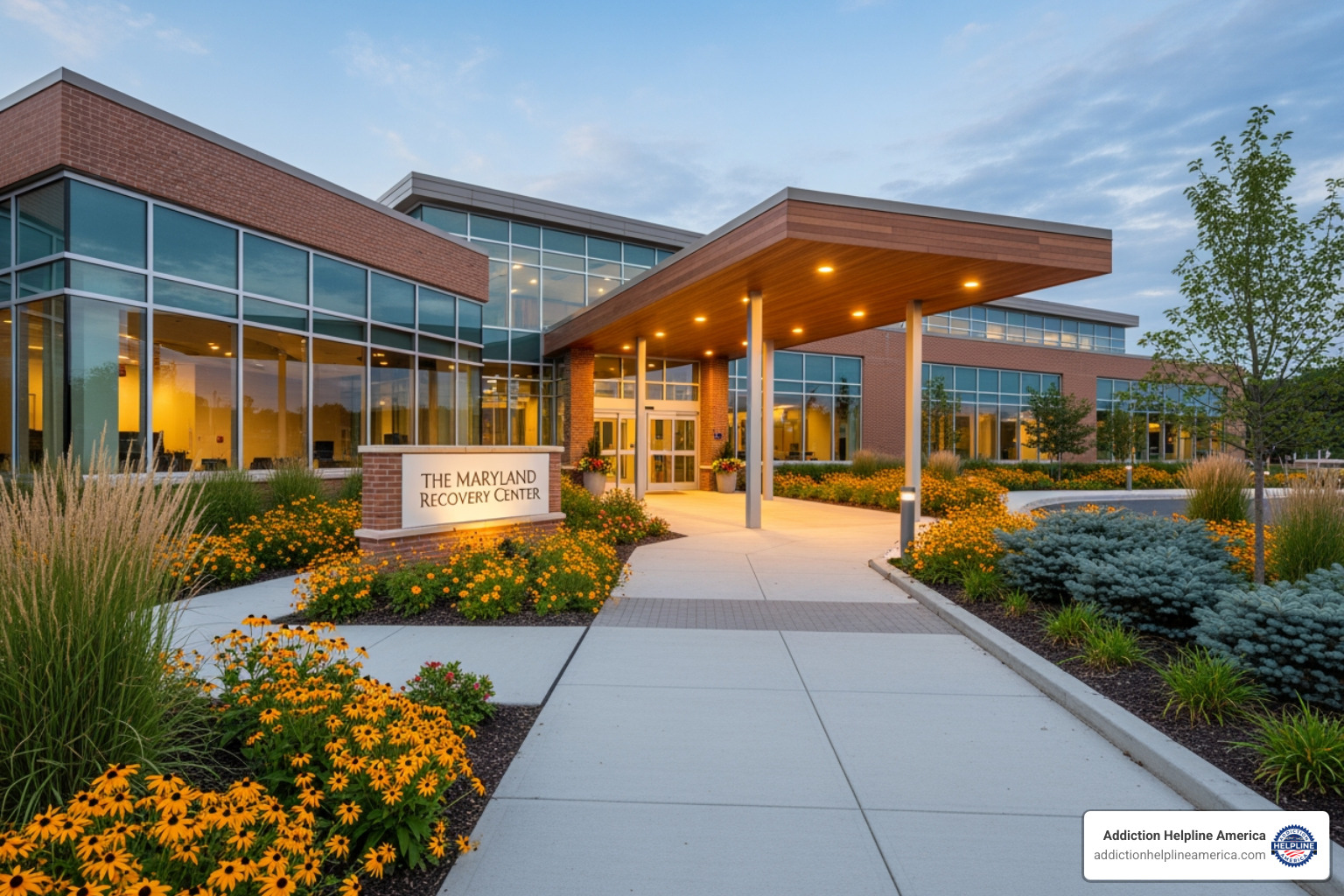
Key Factors for Selecting a 30-Day Inpatient Rehab Program in Maryland
When evaluating programs, focus on these non-negotiable factors:
- Accreditation and Licensing: Look for accreditation from CARF or The Joint Commission, which signifies high standards of care. Ensure the facility is licensed by the Maryland Department of Health’s Behavioral Health Administration, which you can verify on the state’s BHA website.
- Evidence-Based Therapies: The program should use scientifically proven methods like Cognitive Behavioral Therapy (CBT) and Dialectical Behavior Therapy (DBT).
- Staff Credentials: The treatment team should include licensed medical practitioners, certified addiction counselors, and experienced therapists. A low patient-to-staff ratio ensures personalized attention.
- Dual Diagnosis Capabilities: If you struggle with a mental health condition like depression or anxiety, choose a facility that offers integrated treatment for co-occurring disorders.
- Aftercare Planning: A quality program will help you create a detailed transition plan, including referrals to outpatient care, sober living, or support groups.
- Location: Consider whether you’d thrive in a serene, rural setting or prefer to be closer to an urban center like Baltimore, Maryland for family access.
LIST of Essential Questions to Ask a Rehab Center
Before committing, ask these questions to ensure a facility is the right fit:
- What is your treatment philosophy? Make sure their approach aligns with your values.
- Do you treat co-occurring disorders? This is essential if you have a dual diagnosis.
- What is the patient-to-staff ratio? A lower ratio generally means more personalized care.
- What are your success rates? Ask how they define and measure success, and be wary of vague claims.
- What does aftercare involve? A detailed plan is a sign of a quality program.
- Is family therapy included? Involving loved ones can be a critical part of healing.
- What are the full costs, and what does that include? Get a clear breakdown of all expenses and ask about payment options.
Reputable programs will answer these questions openly. If you need help navigating these choices, Addiction Helpline America can connect you with quality 30 day inpatient rehab programs maryland that meet your needs.
Success Rates and Life After a 30-Day Program
Completing a 30 day inpatient rehab programs maryland doesn’t mean you’re “cured.” It means you’ve built a foundation for a lifetime of recovery. Understanding what success really looks like will help you approach the journey with hope and realism.
Understanding Success Rates for 30-Day Inpatient Rehab Programs Maryland
Relapse rates for substance use disorders are between 40-60%, similar to rates for other chronic diseases like hypertension or diabetes. A relapse is not a failure but a sign that your treatment plan may need adjustment. It’s part of managing a chronic condition.
Success after a 30 day inpatient rehab programs maryland depends on several factors:
- Personal Commitment: No program can do the work for you, but it can provide the tools.
- Program Quality: Evidence-based therapies and credentialed professionals make a significant difference.
- Aftercare and Support: A strong support network of family, friends, and peers is often the most critical factor in long-term success.
Your individual circumstances also matter. Someone with a strong support system may have a different path than someone facing homelessness or untreated mental health issues. The goal is to find the right level of care for your specific situation.
The Importance of Aftercare and Continued Support
Graduation day isn’t the finish line—it’s the starting line. The real work of building a life in recovery happens after you leave the safety of inpatient treatment. Aftercare is essential.
Recovery is a continuum of care. Instead of jumping from 24/7 care back to daily life, most people benefit from stepping down gradually. Key aftercare components include:
- Intensive Outpatient Programs (IOP): These programs offer structured therapy several days a week while you live at home, allowing you to practice new skills in the real world.
- Sober Living Homes: For those with an unsafe home environment, these residences provide a drug-free space with peer support and accountability.
- Support Groups: Groups like Alcoholics Anonymous (AA) and Narcotics Anonymous (NA) offer fellowship, sponsorship, and a structured path for maintaining sobriety.
- Alumni Programs: Many Maryland facilities, like those in Baltimore and Columbia, have alumni networks that provide a lasting community for graduates.
Aftercare isn’t just about preventing relapse; it’s about building a life worth staying sober for. At Addiction Helpline America, we help you plan for what comes next, because lasting recovery is about staying connected and supported.
Frequently Asked Questions about 30-Day Rehab in Maryland
Making the decision to enter treatment brings up practical concerns. Here are answers to common questions about 30 day inpatient rehab programs maryland.
Can I lose my job for going to a 30-day rehab program?
No, you have legal protections. The Family and Medical Leave Act (FMLA) allows eligible employees to take up to 12 weeks of unpaid, job-protected leave for medical reasons, including addiction treatment. Additionally, The Americans with Disabilities Act (ADA) classifies addiction as a disability, protecting you from being fired for seeking help.
Your health information is protected by HIPAA, so you only need to inform your employer that you require medical leave. Many companies also offer short-term disability benefits. Your focus should be on getting well, not on fearing for your job.
What should I pack for a 30-day inpatient stay?
Pack for a healing retreat, not a vacation. Most facilities provide a specific list, but general guidelines include:
- What to Bring: A week’s worth of comfortable, casual clothing and shoes; alcohol-free toiletries (check labels on mouthwash, etc.); a journal, books, and a few photos of loved ones.
- What to Leave at Home: Electronics like phones and laptops (use is often restricted), revealing clothing, outside food or drinks, and any non-prescribed medications or items containing alcohol.
Always check with the facility’s admissions staff for their specific rules before you pack.
Are 30-day programs effective for severe addiction?
For severe, long-term addiction, a 30-day program is a critical first step, but it’s usually not the final one. Its primary role is to provide life-saving stabilization and medically supervised detox in a safe environment.
During these 30 days, you will build a strong foundation for recovery by learning coping skills and beginning to address underlying issues. However, the journey doesn’t end there. After completing the program, the clinical team will assess your ongoing needs. For severe addiction, the recommendation is often to transition to extended care, such as a 60- or 90-day program, or step down to an intensive outpatient program combined with sober living. This isn’t a failure of the 30-day program; it’s a continuation of care custom to your needs.
Your Path to Recovery in Maryland Starts Today
Making the decision to seek help is the most important step you can take. We’ve covered what 30 day inpatient rehab programs maryland offer: a structured, safe environment for detox, therapy, and building a foundation for recovery. We’ve also been honest about the challenges and the fact that 30 days is a powerful beginning, not an ending.
A 30-day inpatient program can be the turning point that saves your life. It provides the intensive care needed to stabilize your health and create a plan for lasting change. But choosing the right program is vital. You deserve a facility that fits your specific clinical and financial needs, accepts your insurance, and prepares you for life after discharge.
That’s where Addiction Helpline America comes in. Our mission is to connect you with the right program through free, confidential, and personalized guidance. We listen to your story and match you with a vetted program from our vast network that truly fits.
Recovery is a long-term process, and ongoing support is key. A 30-day program is your launchpad, but the real work continues through aftercare. You don’t have to steer the overwhelming maze of treatment options alone. We’ll do the heavy lifting with you, answering your questions and walking beside you every step of the way.
If you’re ready to take that first step, reach out to us today. Your path to recovery in Maryland starts with a single phone call, and we’re here to help you find the right types of treatment programs for your needs.
Recovery is possible, and it starts today.
Our helpline is 100%
free & confidential
If you or someone you care about is struggling with drug or alcohol addiction, we can help you explore your recovery options. Don’t face this challenge alone—seek support from us.
Programs
Resources
Will my insurance
cover addiction
treatment?
We're ready to help
Find the best
drug or alcohol treatment
center
Are you or a loved one struggling with addiction? Call today to speak to a treatment expert.


